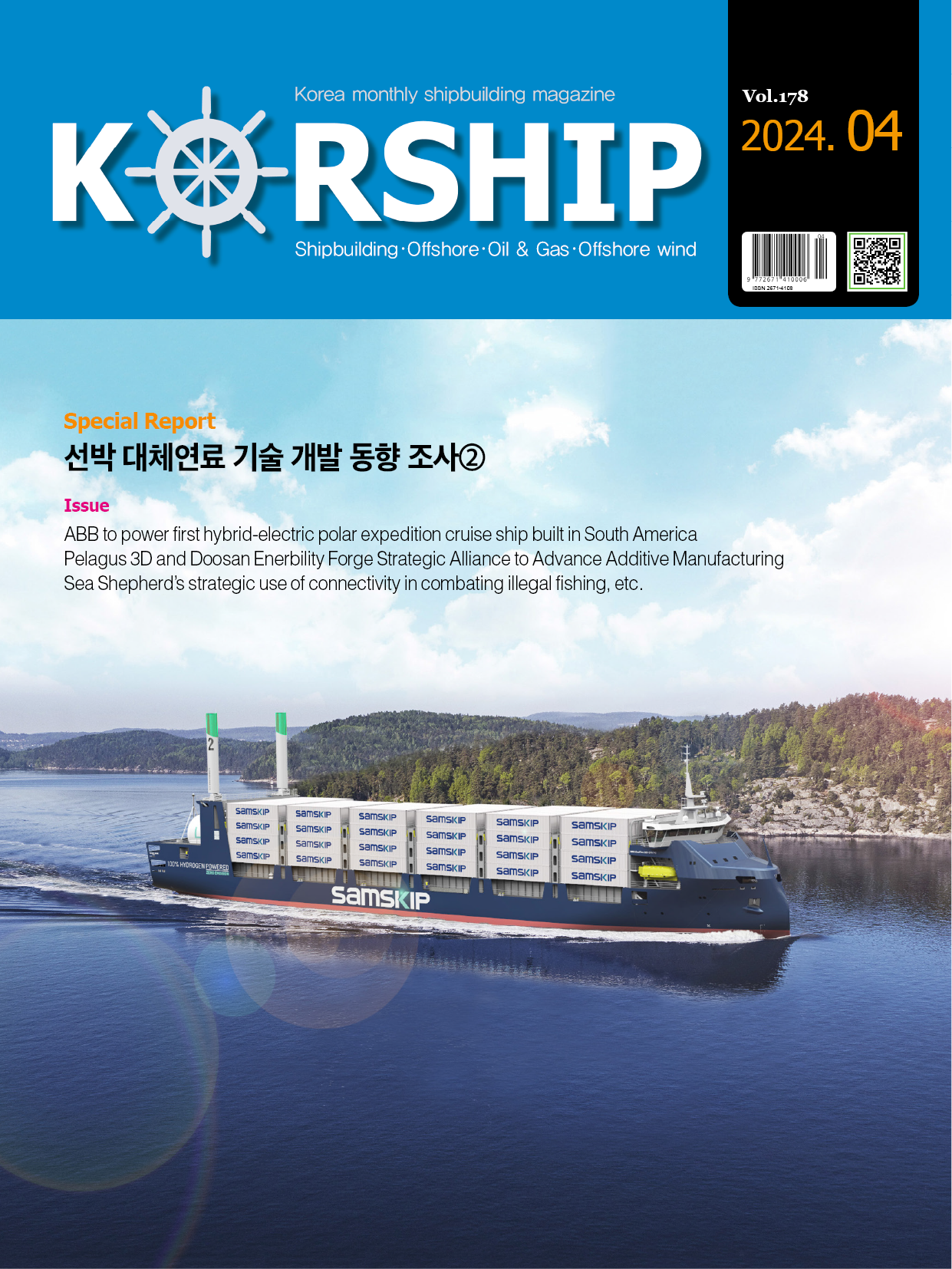ETC International Windship Association issues wind-powered ship wish list …
페이지 정보
작성자 최고관리자 댓글 0건 조회 1,036회 작성일 24-01-15 19:19본문
The International Windship Association(IWSA) has issued an open letter to the Heads of State and delegates attending the 28th Conference of the Parties of the UNFCCC(COP 28) calling for them to recognise the vital role of direct wind propulsion energy use in the decarbonisation of the maritime sector, in line with recent targets set by the UN body for shipping, the International Maritime Organization(IMO), and the UN’s Sustainable Development Goals(SDGs).
More specifically, IWSA is asking delegates at COP28 to consider the funding of an ‘SDG Delivery Fleet’, a fleet of small and medium-sized wind-assist and primary wind ships that supply very low emission and low-cost maritime transport solutions to regions at greatest risk of climate change impact, such as Least Developed Countries(LDCs) and Small Island Developing States(SIDS).
IWSA Secretary General, Gavin Allwright, comments: “An ‘SDG Delivery Fleet’ would effectively unplug SIDS and LDC’s from fuel-dependent shipping and unlock fuel expenditure for use to deliver improvements to health and education provision and other SDGs. This SDG Delivery Fleet would create resilience, enhancing trade and serve as an adaptation tool - while at the same time delivering sustainable livelihoods, training and aspirational opportunities to coastal communities. It would ‘put people at the heart of climate action’.”
IWSA has also called for the creation of a level-playing field for direct, non-commoditised renewable energy sources, such as wind, that harness energy without the need to convert or store that energy.
IWSA Secretary General, Gavin Allwright, comments: “Adopting a balanced ‘energy-centric’ approach in the areas of policy, regulation and finance would ensure that direct and highly valuable energy sources are not sidelined, undervalued and underfunded just at the time when we need to be scaling up all renewable energy sources. This is an energy source that could deliver savings of up to 1% of global GHG emissions alone but would also lower the total cost of the energy transition in the shipping industry by effectively saving enough in fuel costs over the next 25 years to meet that transition price tag to the tune of $1-1.5 trillion, while all the time providing hundreds of thousands of quality, high skilled jobs.”
The final call to action from IWSA to delegates at COP28 is for them to back concrete actions to scale up technologies that harness renewable energy for ships. In the case of technologies that enable the utilisation of wind energy by ships, this would involve actions such as large-scale R&D subsidies, the removal of regulatory barriers and incentivising the building of new ships that are ‘wind-ready’ on delivery.
Wind energy is a clean, abundantly available, zero-emission energy source that is delivered to the point of use without the need for mining, refining, transportation, bunkering infrastructure or on board storage. Although wind was considered, until recent years, to be a propulsion method of the past, this energy source is having a resurgence as a ‘windfall’ opportunity.
One significant advantage of wind energy use by the maritime sector is the freeing up decarbonised energy sources for other industrial sectors. Future need for alternative fuels and energy sources will increase significantly from land and ocean-based industries in coming years. Since ocean-going ships can easily utilise wind energy, this would reduce the industry’s reliance on the supply of alternative fuels, saving valuable decarbonised energy sources for use by other sectors.
Currently, there are 31 large ocean-going vessels that have wind-assist technology systems installed equalling a transportation capacity of approximately 2 million deadweight tonnes of cargo. There are 8 wind-ready ships in operation, 22 ships with wind propulsion technology installations pending, and 5 newbuild ships on order that will have primary wind propulsion technology installed. These ships, in addition to 20+ smaller sail cargo and small cruise vessels using wind, means that there are currently more wind-powered ships than the total number of large cargo ships operating on new low- and zero-emissions fuels in the global shipping fleet of 50,000+ vessels.
IWSA Secretary General, Gavin Allwright, concludes “The number of ships using wind energy today plus the number of ships lined up to have wind propulsion technology installed in coming months and years is promising - but it is not enough. There is a huge opportunity here for the maritime sector to take a pioneering position in the fight to limit carbon emissions from industrial sectors with its unique access to this energy source. The percentage of wind powered ships needs to increase, and fast and the need for wind-powered ships servicing LDCs and SIDs is urgent.”
■ Contact: International Windship Association(IWSA)
www.wind-ship.org












